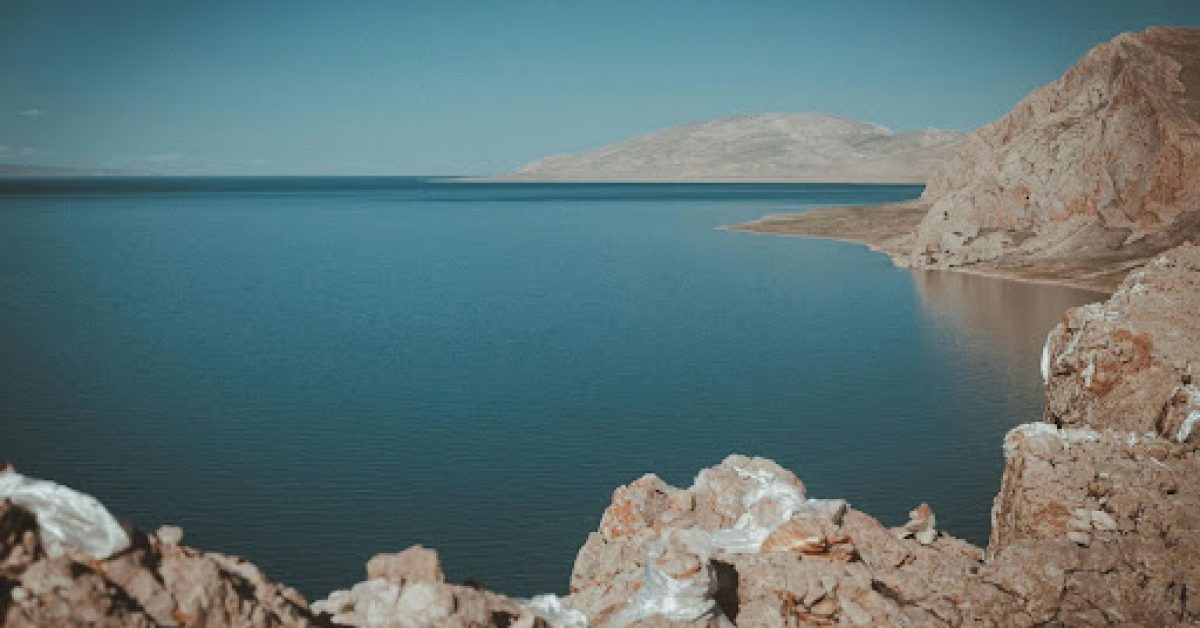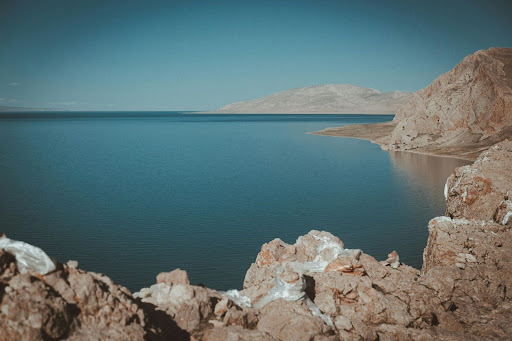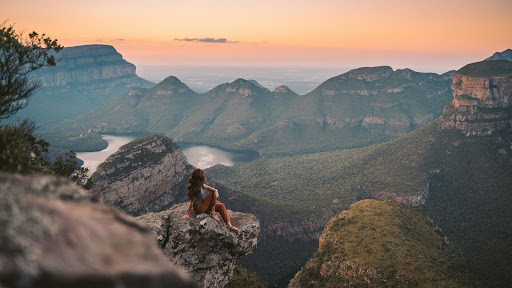In the world of visual storytelling, panoramic images have a unique way of drawing people in. Whether it’s the wide view of a mountain range or the sweeping interior of a luxury villa, panoramic images give context, depth, and atmosphere. But behind these impressive visuals is a detailed editing process that often comes with its own cost structure. For businesses and photographers who want to maintain quality without overstretching their budgets, turning to a custom photo editing service can be an efficient solution.
Understanding how the cost of panoramic image editing is calculated will help you plan better, choose wisely, and get the best value for your investment.
Why Panorama Editing Requires More Than Just Stitching
The editing of panoramic images involves more than simply connecting photos side by side. Often, multiple images are taken with overlap to ensure smooth transitions. These images then need to be stitched accurately, with consistent lighting and color correction throughout the entire frame.
The challenge lies in how each frame may have variations in lighting or distortion due to the wide-angle lens. For example, if the scene includes bright daylight on one end and shadows on the other, the editor has to balance the tones so the image looks seamless. This alone takes time and skill.
Depending on the complexity, a basic panoramic image edit could cost around $10 to $20 (₹850 to ₹1,700). More complex scenes—like those involving moving objects, uneven exposures, or architectural alignment—can cost between $25 to $50 (₹2,100 to ₹4,200). These are estimates that vary depending on the service provider and the level of perfection required.
Variables That Shape the Final Editing Cost
Several factors influence the total cost of editing panoramic images. The first is image quality. High-resolution images often require more detailed corrections, which take more time and effort. If the input photos are inconsistent—say, one is blurry, or another is overexposed—more correction work is needed, increasing the final cost.
The second important factor is the amount of distortion present. This is especially true in architectural photography, where straight lines must be preserved across the panorama. Fixing warping or curve distortion without affecting natural proportions takes skill, which again adds to the cost.
Additionally, when clients ask for specific corrections like sky replacements, object removal, or perspective fixes, editors have to use advanced tools and spend more time on each section. This could lead to an extra $5 to $15 (₹425 to ₹1,275) per image.
One of the major benefits of working with a custom photo editing service is flexibility. Rather than offering fixed packages that may or may not suit your needs, these services are often willing to tailor their pricing based on image complexity, volume, and turnaround time.
Volume and Repetition: Cost-Saving or Cost-Building?
If you are a real estate company or e-commerce brand working with multiple panoramic shots, bulk editing can be a cost-efficient option. Some editing teams provide discounts for higher volumes, which could significantly lower your average cost per image.
However, repetition also brings the need for consistency. When editing dozens of panoramic shots for a single client or campaign, the editor has to follow exact style guidelines, from exposure settings to alignment methods. This makes the work even more technical, especially when templates or presets are not enough.
The volume does reduce the individual editing rate per file, but the need for high consistency can push the editor to pay more attention to detail across all images. A custom photo editing service that manages large-scale orders is usually equipped with internal quality checks to ensure this level of consistency is achieved without extra delay.
What Goes Into a Panoramic Image, Sometimes Stays Invisible
Some parts of the editing process may not be visible in the final image, but they contribute to the cost nonetheless. This includes background cleanup, color blending across uneven exposures, or aligning the image to support viewer navigation—especially if the panorama is intended for interactive or 360-degree formats.
If your final output is meant for an online tour or needs to be uploaded into a virtual platform, the file size, clarity, and layout need additional optimization. These hidden tasks might not be visible to the client at first glance, but they are crucial for the image to function well across devices and viewing platforms.
In such cases, turnaround times also come into play. If a project needs to be delivered in less than 24 hours, express editing charges might be added, typically around 20–30% above regular rates. This ensures that even under tight deadlines, the quality doesn’t suffer.
The editing of panoramic images is part art and part science. It’s about creating harmony in a scene that was captured across multiple frames, all while correcting flaws and enhancing the natural beauty of the space. Pricing varies because no two panoramas are the same—what may be a five-minute edit for one could be an hour-long job for another.
This is why working with experienced professionals who offer a custom photo editing service is a valuable decision. It allows businesses to pay only for what they need while getting a final product that is polished and purposeful.
When businesses want reliable support with panoramic image editing—balancing quality, efficiency, and cost—they often turn to trusted service providers. One such team that has earned credibility in the photo editing industry is Offshore Photo Editing, known for delivering customized solutions with clarity, detail, and dependable timelines.






